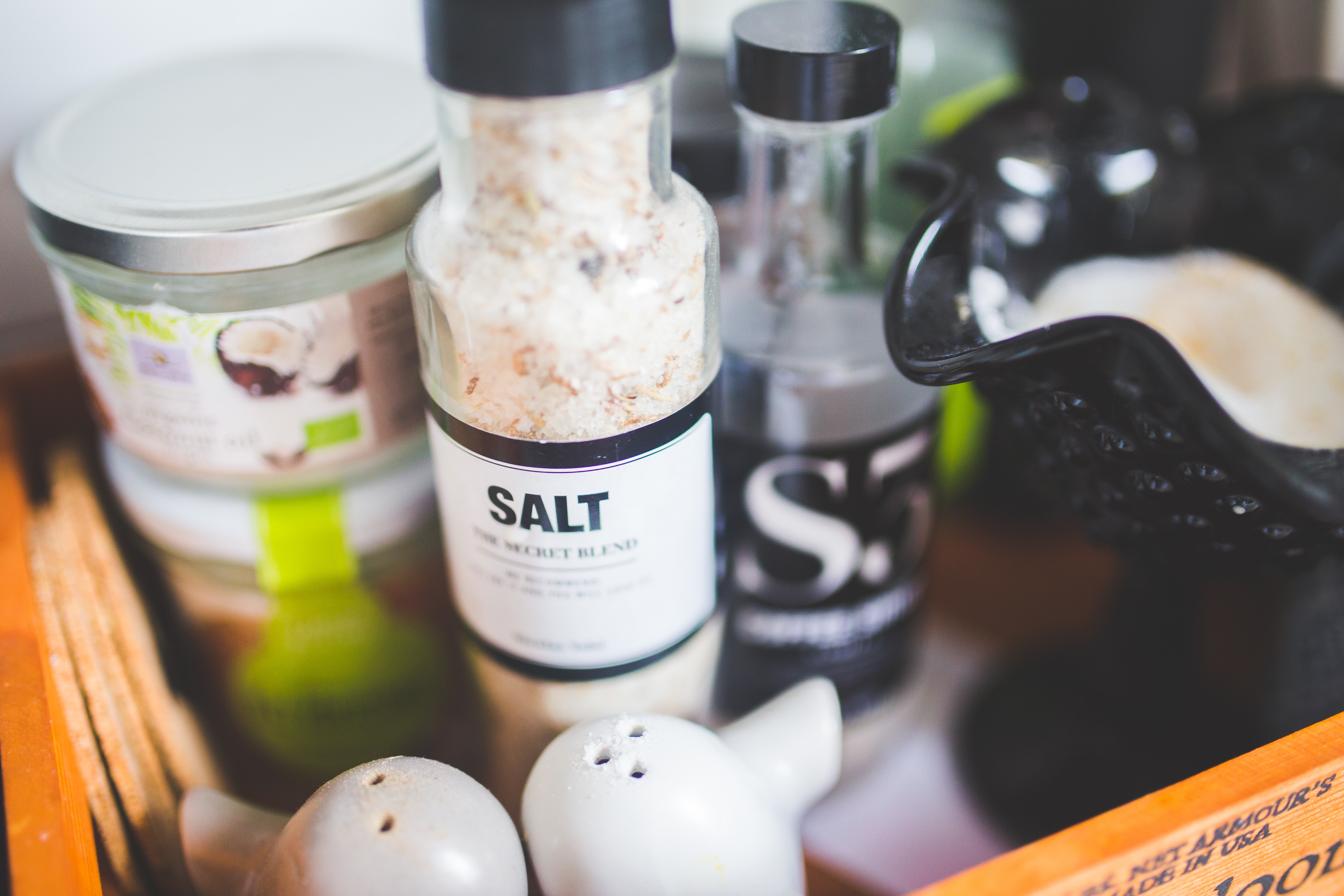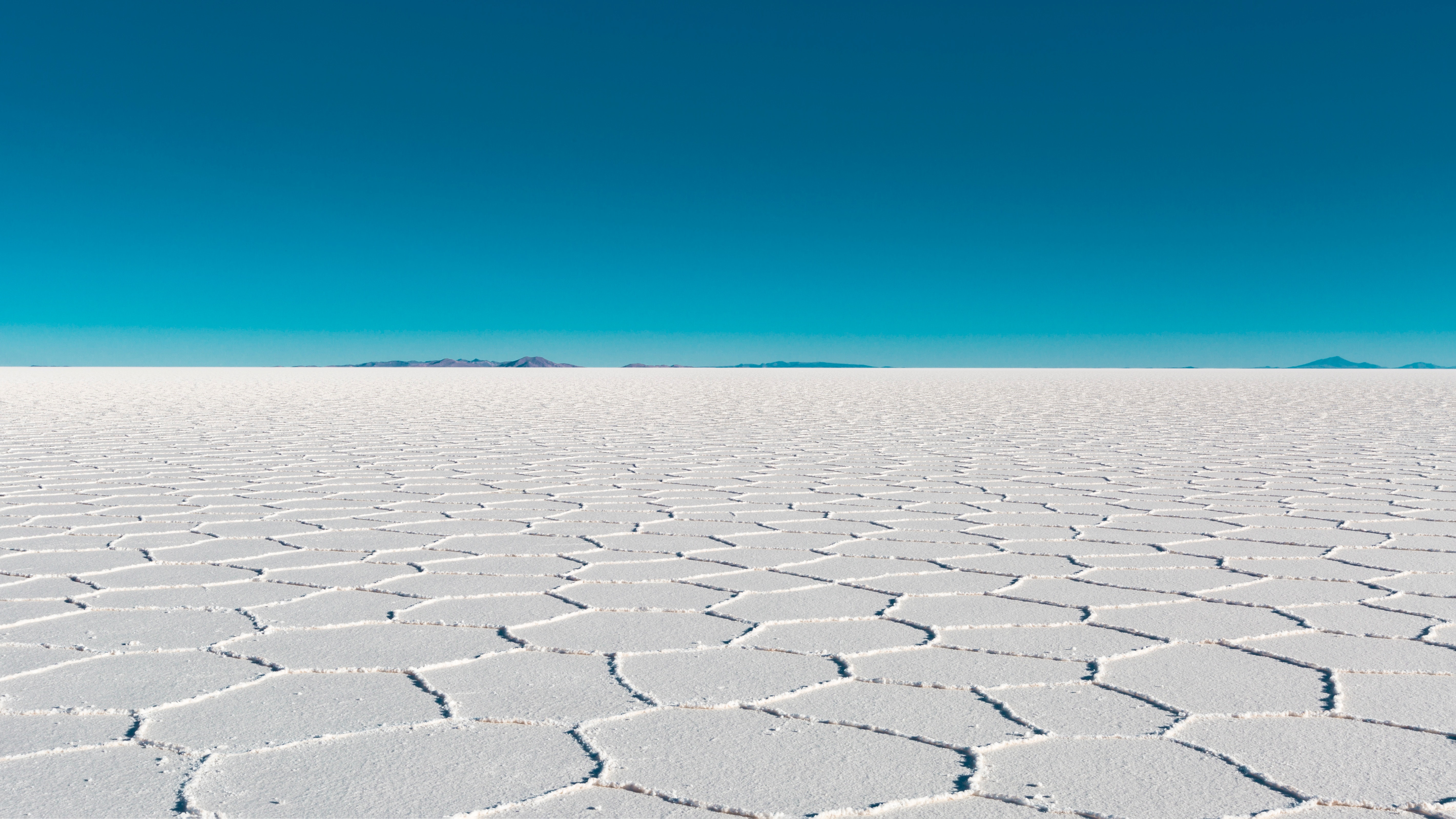by Megan Crockart | Balancing Nutrition
 Is salt good or bad for you? Which type of salt is better? These are some of the most common questions I get asked about salt. These days there are so many options out there, it’s difficult to know which one is best.
Is salt good or bad for you? Which type of salt is better? These are some of the most common questions I get asked about salt. These days there are so many options out there, it’s difficult to know which one is best.
Unfortunately, salt has developed a reputation for not being one of the healthiest minerals. Like most dietary factors, it can have both positive and negative impacts.
In the standard western diet salt is over-consumed due to the high intake of processed foods. Salt is also over-consumed in countries like Japan where their common diet contains high levels of salted condiments such as soy sauce, miso, umeboshi (salt plums) etc. Salt is often consumed in the wrong form.
What type of salt should we choose?
There are so many salt options available on the market such as regular table salt (i.e Saxa), sea salt, rock salt, Himalayan salt & Celtic sea salt. Some of these salts are iodised and some are not. Many of the available salt variety’s are quite refined and mostly sodium at the end of the day. If extra iodine has been added, it is usually in synthetic form.
Table salt is the most refined, being pure sodium chloride and containing anti-caking chemicals, potassium iodide and sugar (dextrose) to help stabilize the iodine with no other minerals present.
Common refined sea salts have been stripped of nearly all of their 60 trace minerals. The best salt to consume is whole natural sea salt, which should still have a slightly grey colour and be larger crystals, granules or powder. A few brands that I would recommend include Celtic & Maldon.
Where does salt originate?
All salt originates from the sea. Ancient dry salt beds (like in the image below) tell us where oceans once were. The salts from these dry salt beds are generally lacking in some minerals found in sea salt as they have been leached by rain water for thousands of years (e.g. Himalayan). They have built up various other minerals depending on the geology of the land. Whole sea salt actually has a mineral profile similar to that of our blood! If salt is pink, it usually indicates there is slightly more magnesium than other forms.
Which salt do you recommend?
With regards to brands, I prefer to support Australian salt company Murray River Salt as they are helping to remove excess salt from the Murray River ensuring saline water doesn’t reach the fresh water resources in the Murray Darling Basin. Their salt has a pink colour, so it’s a true whole sea salt.
Why do we need salt?
Sodium is an essential mineral for the body. We rarely see sodium deficiencies in this day and age. Mostly there are excess salt consumption problems. Clinically, excess sodium can result in health concerns such as high blood pressure (hypertension) and calcium depletion symptoms which overtime may damage the heart, arteries, nerves and bones, kidneys and muscles. Also stomach ulcers and cancer are linked to excessive salt consumption. Too much salt can also throw out our sodium/potassium balance, an essential process for how our cells function.
Salt alkalizes the body and can even be craved by people whose systems are over acidic. This is often why meat is salted to reduce some of the acidity. Also why it is recommended to add a touch of salt to the water when cooking grains to restore the balance of these acid forming foods. Salt can also purifying as well as it can help the liver to detoxify and is particularly good for external use to help heal wounds.
Most people would not need to add salt to their food as they would be getting more than enough from the food they eat, especially when consuming processed packaged foods. The current daily salt recommendation is 3,000mg. The average Australian would consume in excess of 17,000mg per day! More than 5 times the recommended amount.
Foods that are a better source of natural sodium are seaweeds and kelp, seafood, eggs, all meat, beetroot, turnips and green vegetables such as chard, spinach and parsley. So if you must use salt, aim to use it sparingly and opt for a whole natural salt or try using seaweed or parsley to help flavour your food for that essential hit of sodium.
*References available upon request
Megan Crockart is a qualified Holistic Nutritionist & a self-confessed foodie! Megan has special interest in working with individuals with allergies, food intolerances, SIBO, eczema, pre- & post- natal health & children’s health.


